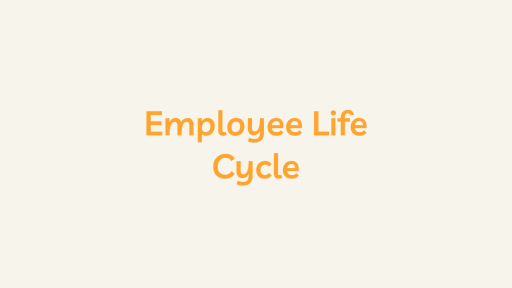401(k) plan is one of the most popular types of retirement savings plans in the United States. They were first introduced in the early 1980s and have since become a staple of the American retirement landscape. In this article, we will discuss the basics of 401(k) plans, how they work, and some of the advantages and disadvantages of using them as a retirement savings vehicle.
What is a 401(k)?
An employer sponsors a 401(k) retirement savings plan. Employees can contribute a portion of their pre-tax income to the plan up to a certain annual limit set by the IRS. The contributions are invested in various funds or investment vehicles, and the money grows tax-free until it is withdrawn in retirement. Employers can also contribute to their employees’ 401(k) plans by matching a portion of their contributions or making non-elective contributions on their behalf.
How do 401(k) plans work?
When you enroll in a 401(k) plan, you’ll typically be asked to choose how much of your salary you want to contribute to the plan each pay period. Many employers will also offer a matching contribution, up to a certain percentage of your salary. For example, an employer might match 50% of your contributions up to a maximum of 6% of your salary. If you earn $50,000 annually and contribute 6% of your salary to your 401(k), your employer would contribute an additional $1,500 to your account each year.
Once your contributions are deducted from your paycheck, they will be invested in the funds or investment vehicles your plan offers. Many plans offer various investment options, ranging from conservative fixed-income funds to more aggressive stock funds. Choosing a mix of investments that aligns with your retirement goals and risk tolerance is important.
What are the advantages of a 401(k)?
One of the biggest advantages of a 401(k) plan is that your contributions are tax-deductible, which can reduce your taxable income and lower your overall tax bill. Additionally, the money you contribute grows tax-free until you withdraw it in retirement, which can help your savings grow faster. Many employers also offer a matching contribution, which is essentially free money that can help boost your savings even further.
Another advantage of a 401(k) plan is that they are relatively easy to set up and manage. Your employer will handle most of the administrative tasks, such as enrolling you in the plan, deducting your contributions from your paycheck, and investing your money. This can make saving for retirement easier without worrying about the day-to-day details of managing your investments.
What are the disadvantages of a 401(k)?
Limited investment options: An employer generally offers 401(k) plans. The investment options available are typically limited to a set of mutual funds or target-date funds selected by the plan administrator. This can restrict the potential for diversification and limit the ability to invest in alternative assets like real estate or cryptocurrencies.
Fees: Like any investment account, 401(k) plans may come with administrative and fund management fees. These fees can vary depending on the plan and can eat into investment returns over time.
Penalties for early withdrawal: Withdrawals made from a 401(k) account before the age of 59 1/2 are generally subject to a 10% penalty in addition to income taxes. This penalty can significantly reduce the account’s value if withdrawals are made before retirement age.
Limited access to funds: Unlike other investment accounts, 401(k) plans may restrict when and how much an individual can withdraw from their account. This can limit access to funds in case of emergency or unforeseen circumstances.





